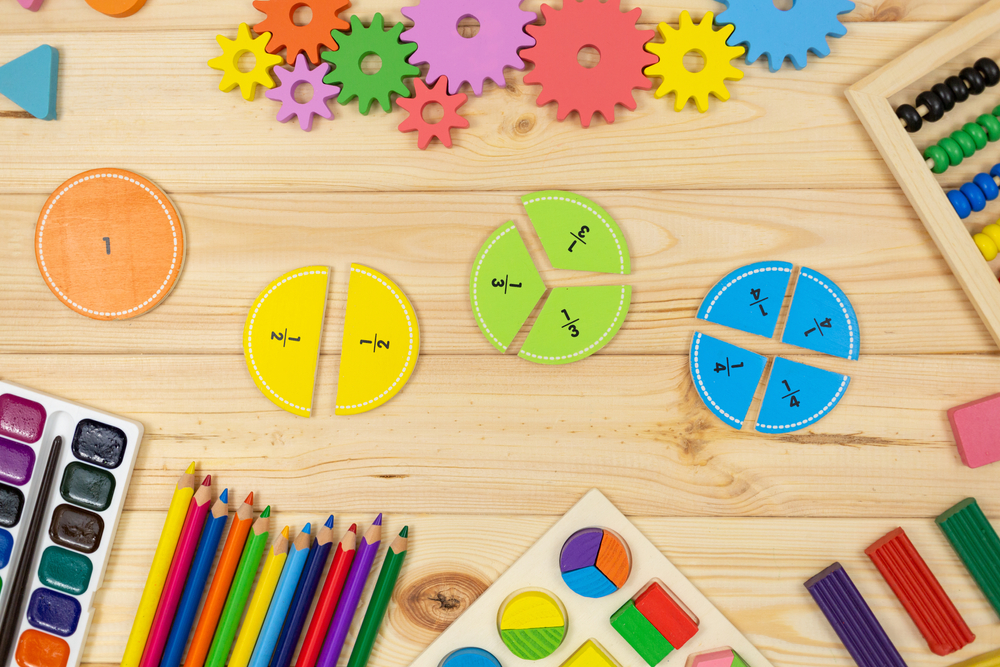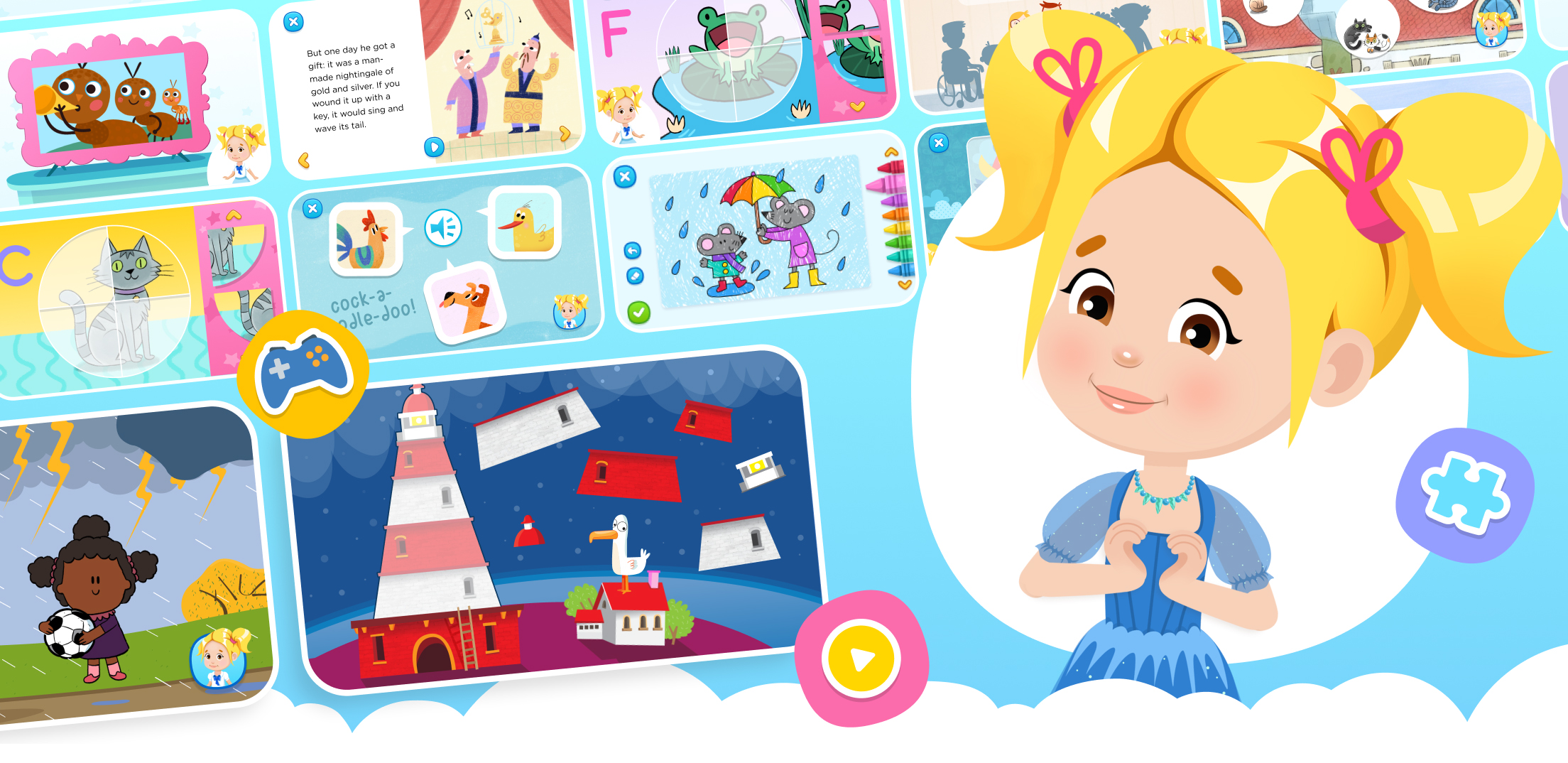For Parents - Page 15
Helping Your Child Reach a Healthy Weight
June 3, 2022

Have you ever considered putting your child on a diet? You’re not the only parent to wonder if dieting is healthy for children. There has been a steady international rise in obese youngsters over the previous two decades. Early childhood obesity has both acute and long-term health consequences. It is the responsibility of parents, caretakers, and teachers to assist their children in developing good eating habits and avoiding obesogenic sugary food.
Grade 3. Building Vocabulary. Synonyms and Antonyms.
June 1, 2022

You’ve heard the proverb “A child who reads is an adult who thinks.” Indeed, reading develops critical thinking, and critical thinking is arguably a key skill for future success in life. Third grade is a pivotal time for developing your child’s reading skills. You may have noticed that your child’s interest in reading has changed: he chooses books by topic, he expresses interest in fiction and non-fiction books, or he selects books that are longer. This is because third-grade students begin to switch from “learning to read” to “reading to learn.”
Science. 1st Grade. Introducing Astronomy to Kids
May 30, 2022

Astronomy is a complex but an amazing subject. It covers both Physics and Mathematics while pumping up the inquisitiveness of children. Teaching Astronomy to your first grader can help their interest in Science flourish. It is through this discipline that children will be able to further appreciate the concepts of time, distance, gravity, and size of objects. Astronomy also renders an introductory glimpse on the concepts of matter and energy.
Science. 1st Grade. Earth and Space Science for Kids in Grade 1
May 27, 2022

Children, especially those in the first grade, are naturally inquisitive with their surroundings. You can also find them calmly staring at the clear night sky asking questions about this seemingly different world above them while pointing their tiny fingers towards those bright twinkling illuminations. For parents, this is definitely one of the best times to feed their children’s curiosity with simple yet accurate knowledge.
Earth and Space Science is indeed a complex course yet a principal discipline nonetheless. This subject can help open up an exciting new world of knowledge that will guide the children in appreciating the nature of space as well as earth’s special spot in the universe. Earth and Space Science will enlighten a kid’s young mind as to how unique the Earth is and why it is important to proactively take steps in preserving it for the generations to come.
Explaining Fractions to Kids
May 25, 2022

Welcome to Kids Academy’s Second Math Learning Bundle! This learning bundle is tailored to facilitate the teaching-learning process at home between you and your kids. The lessons here are arranged in a manner wherein the students will be able to use the preceding lesson as a bridge to the next lesson, which sustains increasing levels of challenge. Kids Academy, the creator of this bundle, has been engrossed in making your kids’ exploration of concepts worthwhile, fascinating, remarkable, and impactful. This bundle contains the following articles, which aid in introducing the topic, Fractions.
Causes of Weight Problems in Children
May 21, 2022

Is your child struggling with maintaining a healthy weight? Overweight conditions and obesity are rising globally, especially in industrialized western countries like the United States and the United Kingdom. These statistics are substantiated by body mass index (BMI) charts based on age and gender created in the previous two decades. In this article, which is part of our series of articles on weight problems in kids, we will talk about the main views on what causes obesity in children.
How to Develop Child's Speech at the Age of 3-4. Tips for Parents. Methods, Techniques and Educational Games.
May 19, 2022

The child begins his or her acquaintance with the surrounding world due to their speech. Every year this acquaintance becomes more intense and filled. It is important that children`s speech development should take place promptly. It should be driven in accordance with the norms that can be traced at a certain age level.
The child needs help in order to master their speech fully. Some ways and methods of developing speech skills in early preschool age are also available to parents. These ways and methods are simple and effective. They are not difficult to master on their own.
Science. Magnet's Magic for 2nd Graders!
May 17, 2022

As we grow up we learn the fundamental rules of our world through exploration. Babies touch and taste everything and toddlers begin pushing and pulling objects to see what happens. One of these early fundamental rules is that objects don’t move unless something pushes or pulls it. Then magnets come to blow children’s minds. By sliding a magnet under a table paper clips and other metal pieces seem to move completely on their own! The invisible forces of magnetism capture students’ attention and pull them in to want to learn more.
Our New “Learn Like Nastya” App Is Out!
May 13, 2022

Childhood is a time of wonder! On their breathtaking quest to make sense of the world, kids learn an incredible amount of new things and establish numerous new logical connections each day. Therefore, it’s safe to say that every child is a sort of a genius - bursting with endless curiosity, open to new experiences, soaking up knowledge like a sponge.
Punishment and Reinforcement in Correcting a Child’s Behavior
May 10, 2022

Finding the right way to correct the demeanor of a misbehaving child has always been a question. Parents often wonder if it’s okay to punish their kids and which type of punishment would work best without traumatizing the child. Punishment does help to prevent unacceptable behaviors, but what’s really important is how you do it.











